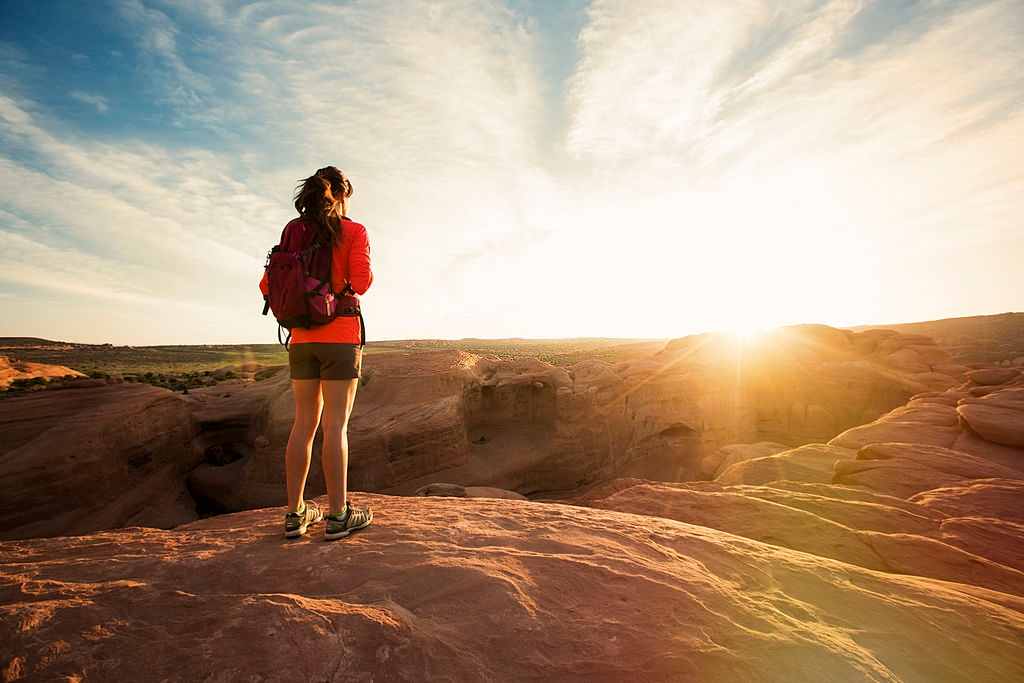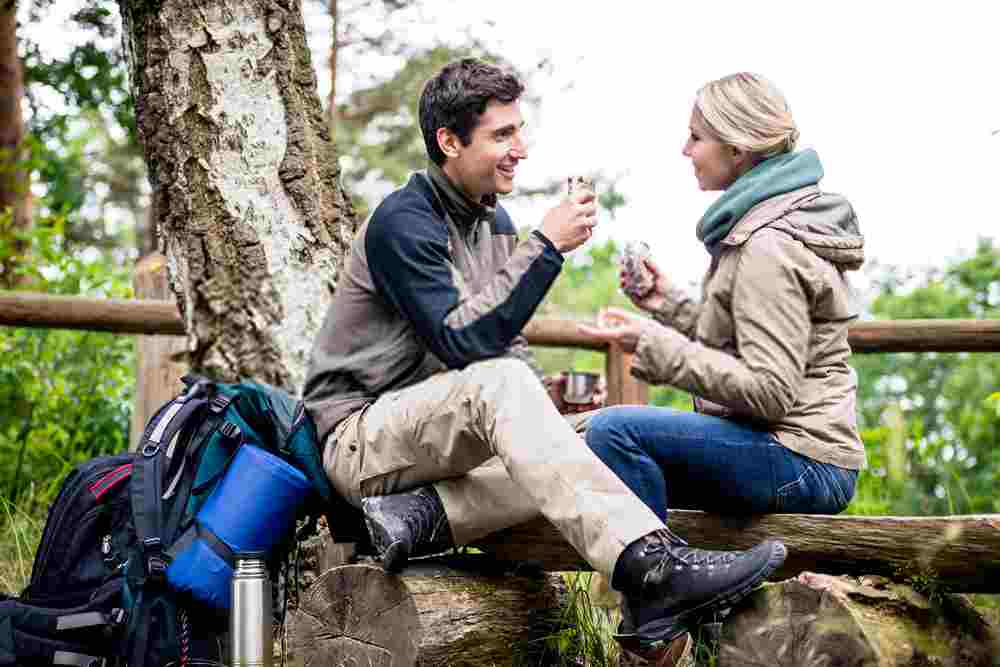
The summer days are amazing and beautiful to enjoy outdoor destinations. We love beautiful and lovely sunny days.
But sometimes the hiking trails are challenging in rising temperatures. Due to the hot weather conditions, it can be dangerous. So keep precautions, be safe, and enjoy hiking in hot weather.
According to the facts, adventure travel is good for our body, mind, and soul. In the summer season, hikers should be more careful while going for outdoor adventures.
It’s really beautiful out there on summer days. The skies are blue, the sun is shining, and the pleasant nature makes life cheerful.
There are some helpful tips for hikers to keep in mind while going hiking in hot weather.
1. Choosing and Managing the Trail
You should choose your trail wisely for hiking in hot weather. It’s not easy to hike on any random trails in high temperatures.
While choosing the trail make sure that there would be adequate sources of water along the way.
If possible it’s better to choose a trail at a lower elevation. You should start the hike early and keep the target to end it till the afternoon. It’s good to avoid the hotter hours of the day.
2. Check Weather Forecast

In outdoor activities, weather plays a vital role. Every hiker should have a habit to check the weather before going for any hiking trails.
In the mountains, the weather is unpredictable and changes quickly. Be careful in the hilly areas and at the higher altitudes, the fog and rain occur anytime.
During the summer season, sun rays are more harmful at high altitude areas, which may result in skin burns.
3. Keep Yourself Hydrated While Hiking in Hot Weather

Your body should be well responsive while hiking. It’s very important to keep your body hydrated along the trails.
In hot conditions, sweating causes more loss of water from the body and results in dehydration. To avoid any unconsciousness, carry more quantities of liquid than usual.
According to experienced hikers, you should drink 1 liter of water every 2 hours on the journey.
Also, you should avoid the thirst quencher bottle drinks, they are expensive and contain excessive sugar.
There are cheap alternatives available in the form of powder and tablets.
4. Smart and Lightweight Backpacking
Pack your bags smartly. Always keep in mind while going on adventure travel, to carry only necessary items. Carrying a heavy bag makes your trail more difficult.
The heavy weight of the backpack gradually wastes your energy and decreases the pace of your journey.
Lightweight backpacking eventually ensures your energy levels are good throughout the hiking trails.
5. Salty snacks for energy

In hot weather, you are more likely to exhaust your energy due to sweating. It is normal but sometimes it’s annoying for most people.
Sweating is an advantageous process for our body, it naturally exfoliates the impurities and dirt out of the body.
And slightly cools you down. But excessive sweating causes loss of electrolytes which causes fatigue and dizziness.
Salty snacks are the key to increasing and maintaining energy levels. Choose food that contains carbohydrates and protein. As they are responsible to keep you energetic throughout the day.
Note: Avoid fatty or sugary foods
6. Rest Awhile And Take regular Breaks
Every journey needs a short break. Take small breaks along the journey to get some rest. The body needs some rest to recover the exhausted energy.

Find a suitable place to lay down near a tree under its shadow and stretch your legs.
You can pull out your socks, keep your backpack, and hiking gear aside. These small breaks help to recover from the illness and charge your body for the further trail.
7. Protect your skin & Pick your clothes wisely
Outdoor travel is fun if you choose clothes that are comfortable. The sun rays at high altitudes are more harmful and cause skin burns. You should take care of your skin. Wear clothes that can adequately cover up your skin to protect yourself from the UV rays.

Prefer loose-fitting, lightweight, and breathable fabric clothing. Experts advise nylon or polyester. Synthetic clothing prevents chafing.
Don’t forget to carry sunscreen with you to prevent sunburns. Hats and sunglasses must block sun rays and protect your head and eyes.
Note: Avoid cotton clothing.
8. Don’t Forget the Extras
Keep an extra pair of socks with you and change them at regular intervals. Due to the sweating, the socks get wet and it affects the skin.
It causes Blisters. To get the sweat-soaked socks dried, pull off the socks, and clip them with your bag. Now you can wear another pair of socks for now.
9. Signs of Heatstroke
Heatstroke occurs due to the exertion caused by exposure to high temperatures. The person experiencing the head stroke requires immediate attention.

It can be assumed by its common symptoms :
- Dizziness, throbbing headache
- Nausea, muscle cramps
- Confusion, disorientation
- Anxiety
Treatment: If your partner suffers a heat stroke, immediately try to cool down the person. Keep off the extra clothing and use water to cool down the body. Then go for further treatments.
Conclusion
I hope you will keep the points in mind while hiking in hot weather. These points would surely help you to make your hiking safe and adventurous.
I have gathered the experiences of experts about hiking in hot weather. Choose the best backpack for hiking.
Enjoy hiking and stay tuned for new blogs. Do you have any suggestions for your favorite area for hiking on hot days? You can mention it in the comments.
Happy Hiking..!!
